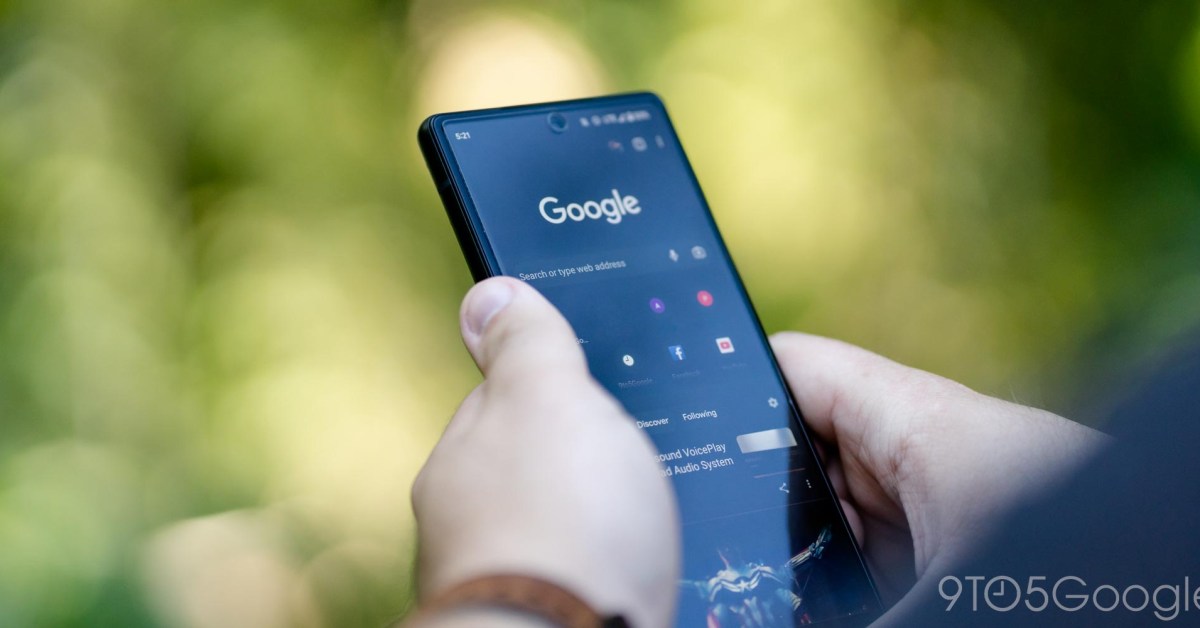Some Google apps for iOS now have a Privacy Screen that requires Touch ID or Face ID verification to access as of 2020. Your Incognito tabs can now be locked behind your fingerprint in Chrome for Android.
Chrome will immediately lock any open Incognito tabs behind fingerprint authentication when you quit the browser.
A gray screen with the Incognito logo in the middle will appear when the browser is launched to return to those tabs. The system fingerprint sheet is opened when you tap Unlock Incognito to confirm your identity. In the bottom left corner, there is also a PIN Use option.
Returning to ordinary tabs is another option, and closing Incognito tabs is still available from the overflow menu. (Having that placed behind the fingerprint lock would probably be best.)
When giving your phone to someone who doesn’t know your passcode, this is helpful. From Settings andgt; Privacy and security andgt; Lock Incognito tabs when you leave Chrome, you can toggle it on or off (Use screen lock to see open Incognito tabs).
On current versions of Android, you can enable Incognitos fingerprint lock right away by setting the following Chrome flag:
chrome:/flags/#incognito-reauthentication-for-android
As the flag is already in the air, a launch is probably imminent (Chrome 105).
Google Drive, Search, Fi, Chrome, and Authenticator (2FA codes) for iOS already have this feature, which is marketed as the Privacy Screen. Without a doubt, Google Authenticator for Android need it.
ADVANCED CHROME: Regards, Timothy
FTC: We employ automatically earning affiliate connections. More.
Check out 9to5Google on YouTube for more news:







